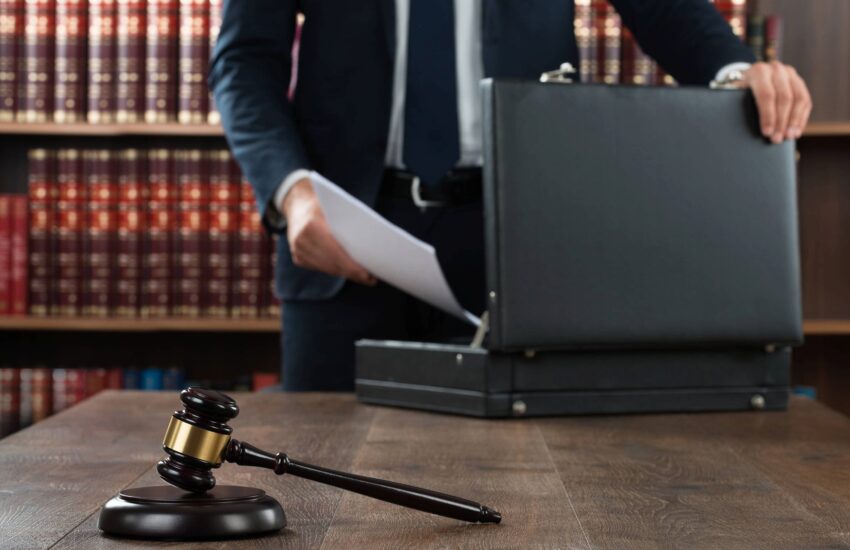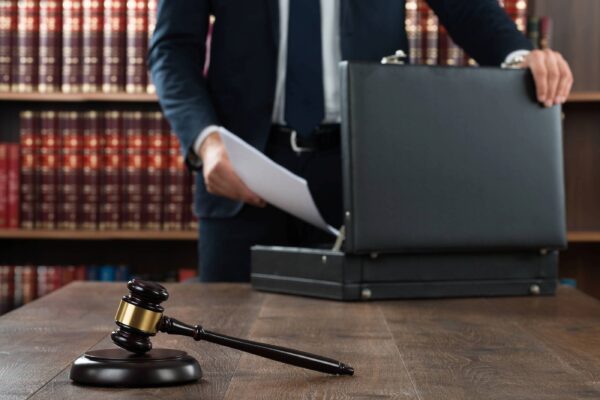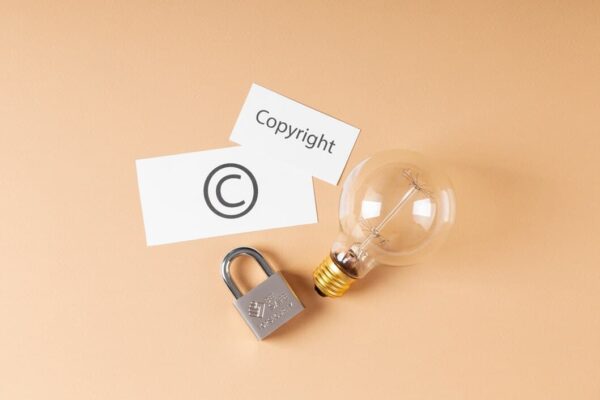How to protect yourself on the Internet?
The Internet has long been a commonplace phenomenon. Every day thousands of people, and even more, use the World Wide Web, but have you thought about the fact that your personal data can be stolen?
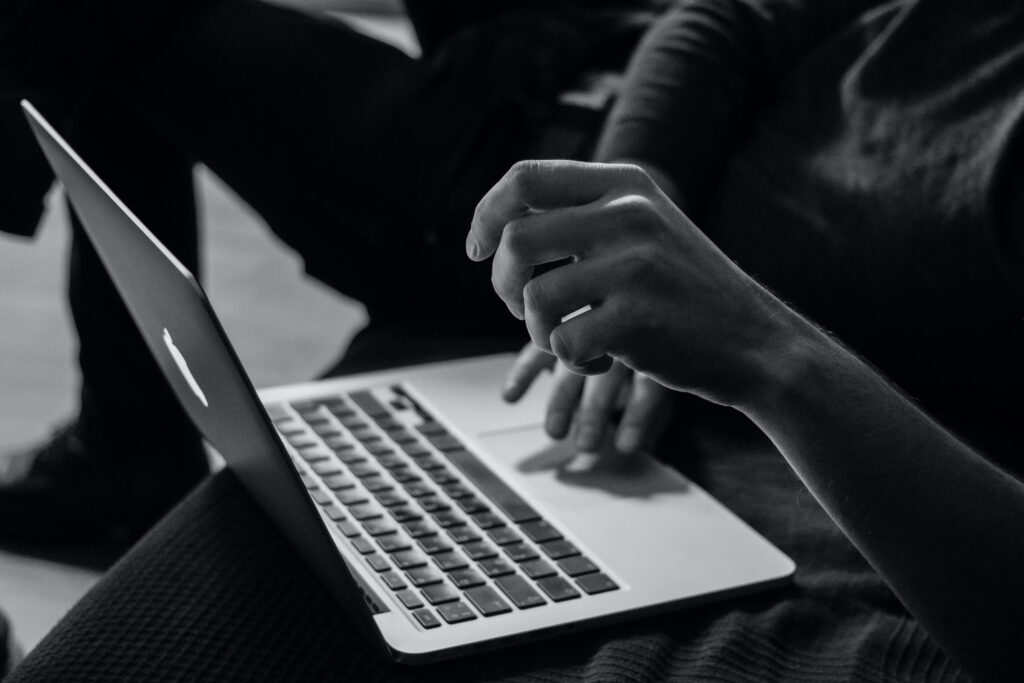
Visiting suspicious sites, trivial inattention or haste can lead to disastrous consequences: account hacking, data leakage, etc.
To prevent even the slightest likelihood of such an undesirable scenario, it’s important to stay safe online – read tips to help protect yourself from potential threats.
Don’t give out your personal information
Carefully read tempting offers and “promotions” in the format: “You have won a large sum”, which you received by e-mail or a message on a social network. Most likely the sms about the won prize is false, but if in doubt, be sure to go to the official page of the company and contact the support service.
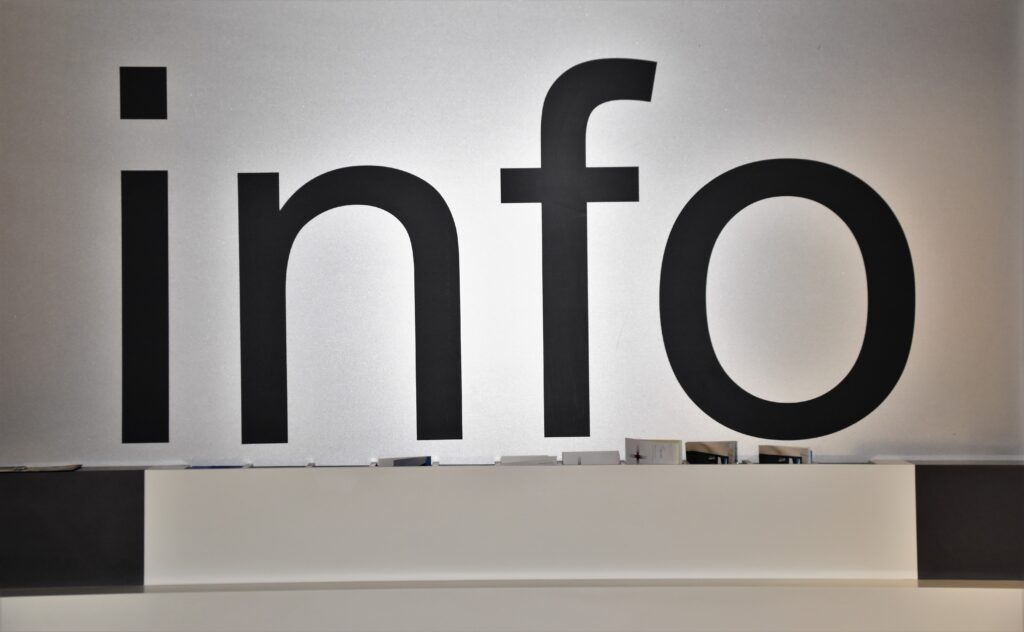
If unknown recipients ask you for personal information, it is better not to do so:
- passport details;
- cell phone number; often people have one financial number linked to a bank account;
- a one-time 3D-Secure code made at the time of purchase;
- bank card number and three-digit number on the back of the card CVC/CVV2/code – knowing the number and code, you can pay anywhere;
- PIN-code, card expiration date and other details.
If fraudsters know the details, they will be able to debit your account or take credit.
It’s also better not to open suspicious links and attachments in a letter received from unknown recipients so as not to “run” a file with a virus (alas, experienced hackers can infect your system).
To keep your data safe, follow the recommendations:
- Try to accept transfers not by card details, but by phone number.
- Don’t share your personal data with anyone, even your relatives.
- Get a virtual bank card and use it as a wallet, i.e. for storing and transacting funds.
- Choose only official sites and well-known companies.
Licensed online casinos https://onlinecasinozonder.com/cruks/ are one good example of reliable sites. Gaming portals, controlled by the regulator, protect customers’ personal information with encryption algorithms and secure HTTP connection – these actions protect against account hacking.
Verify information
Do not spread news with too loud a headline. First of all, this is information which causes great emotion among the audience, but has no meaning or is completely false. The main purpose of unreliable data is to provoke any emotion in the reader (shock, anger, rage, etc.) and encourage him to take it at his word. Safety on the Internet is also information hygiene.
Take steps to ensure that you don’t inadvertently help a fraudster spread misinformation:
- Check the original source, because fakes don’t have them. You should also not take information from unverified social media accounts seriously.
- Doubtful authorship or anonymity – such an author should not be trusted. Professional and respectable journalists do not hide their names, and their articles can be easily found on the Internet.
- Pseudo-experts. 100% fake – a link in the text or mentioning representatives of companies that do not exist in real life. A quick typing of a search query in google will help to quickly expose fraudsters.
- Old publications and twisting the facts. In pseudoscientific materials, you can see signs of deliberate falsification of facts: the same description of events and comments by “experts”, unreliable photos (digitally or photographed in a different place/time), deliberately incorrect translation of quotes from foreign media, etc.
Also, always check charities, as scammers often take advantage of people’s kindness.
Before you donate, make sure that the funds will actually go to the needs of those in need and not into someone else’s pocket:
- Check to see if the charity exists online.
- Go to the registries and make sure the organization exists.
- Check out who is raising the money: Look at their profile, their information and their comments.
- Read reports on past collections.
Use two-factor authentication
The procedure will secure your social media or email accounts so they won’t be hacked. Two-factor authentication is an additional level of account security. In addition to a username and password, you need to enter a one-time code that will be sent by email or fingerprint.
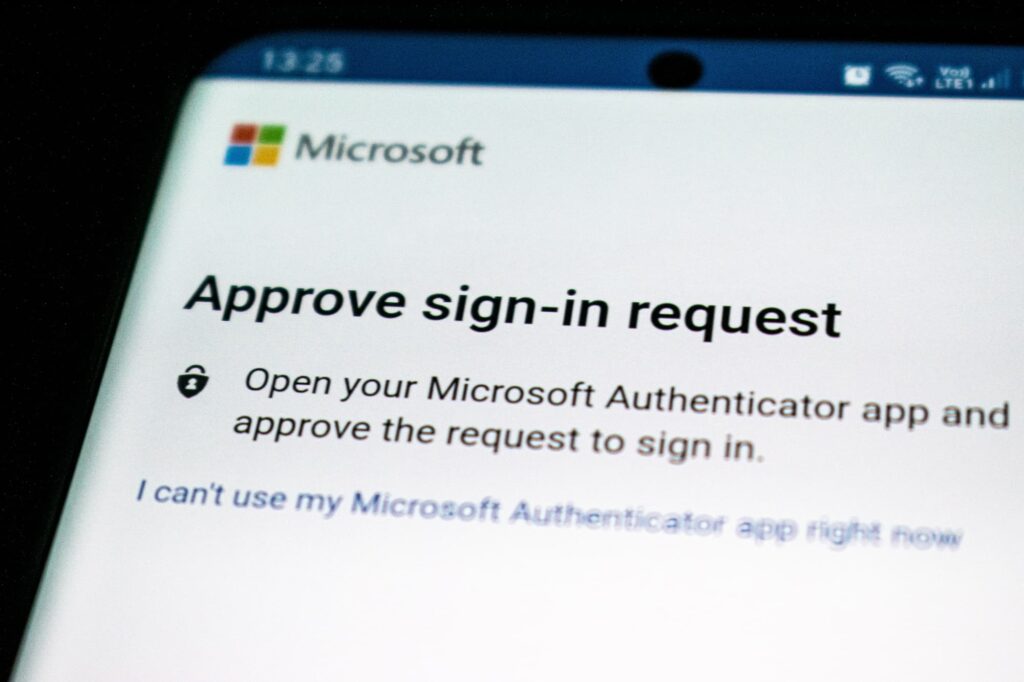
After activating the option, a hacker will not be able to hack into the account for two reasons:
- You have to enter a code that only the owner knows.
- If hacking is attempted, the user will receive a notification about the risk of unauthorized access.
Be sure to use the privacy settings: payment data and other personal information should not be available to third parties.
Also don’t forget to change your passwords regularly (about once in 3 months), because being careful never hurts.
Use official programs
Do not use pirated software – it is always a risk, because it is easier for hackers to crack illegal platforms than protected programs from developers. Even hacked free versions of programs may have viruses built in. Download programs from the developer’s site and update the application in time so that your device is protected.
And, of course, include an antivirus program.
Additionally, check the resource for authenticity if you see it for the first time.
A phishing site is an absolute copy (fake) – the difference in fake ones can be just one letter.
Conclusion
After reading this article, users have learned more about what security is on the Internet. The World Wide Web is not only an unlimited source of information and entertainment, but also a tool in the hands of intruders.
Follow the recommendations to avoid cyber-fraud!


